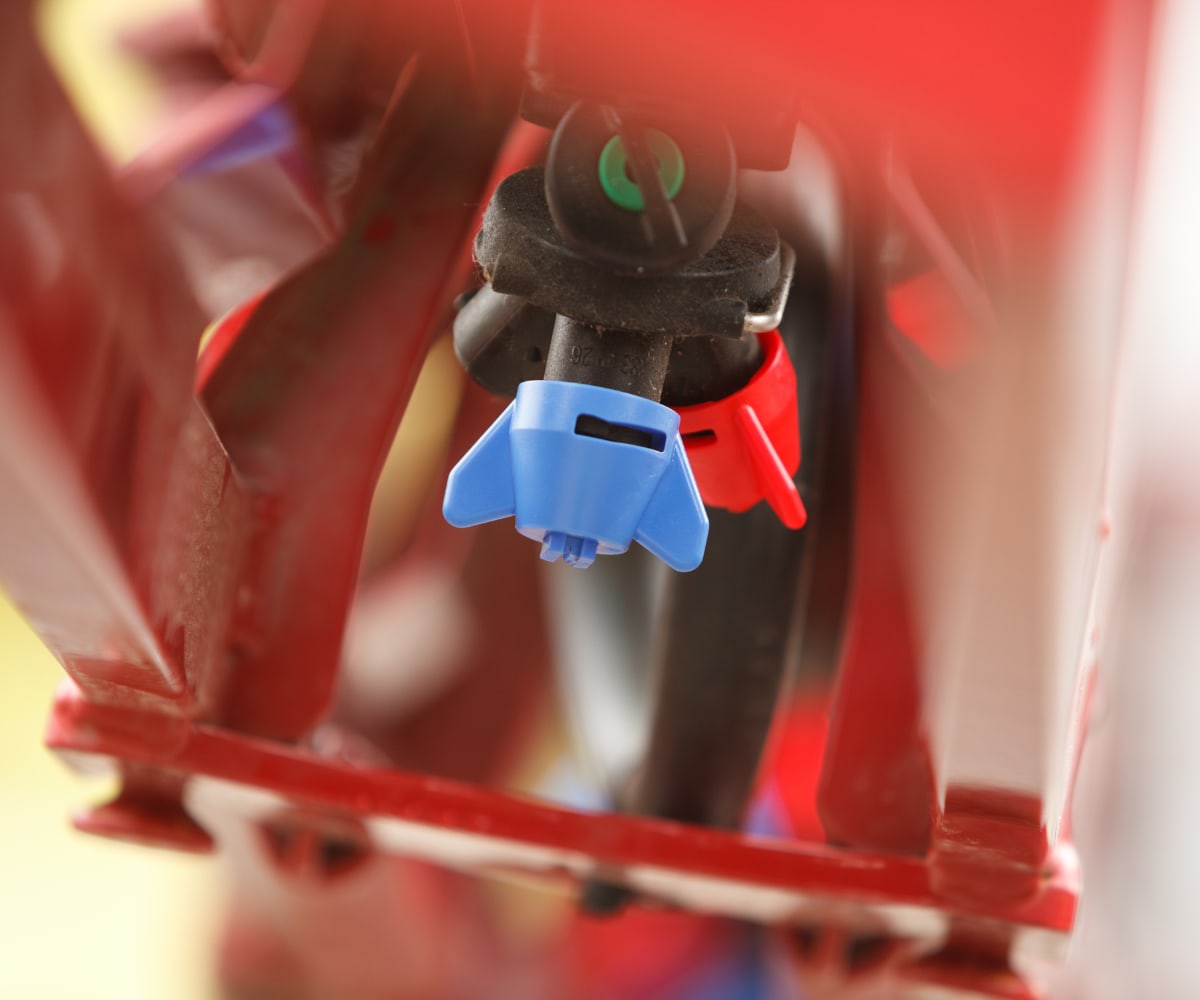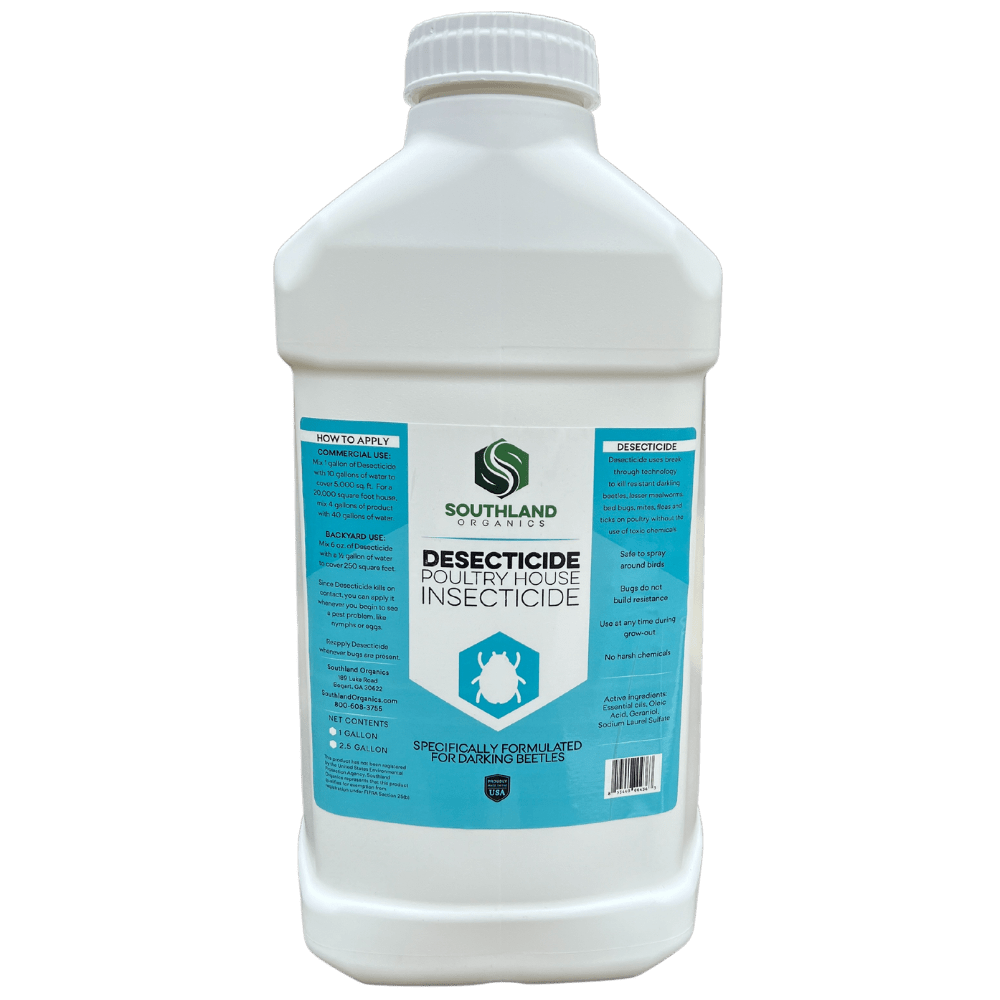While there aren’t many types of pest control that can be sprayed without an applicator’s license, there are some types that you can use. When it’s time to apply an insecticide, what’s the very first step to take? Read the directions on the product label! There are three things to consider that will directly impact the pest control’s effectiveness:
- Dose
- Method of application
- Type of kill
DOSE
If you’re like Allen, you’ll read the directions on a product label, but sometimes you like to do your own thing and change up the dose a bit. If the directed amount is supposed to work well, then more will work even better, right? Well, not exactly. Using more than the directed amount of pest control can lead to overdosing, which can be a waste of product and money.
Rather than overdosing, some folks might choose to cut back on the product because they’re trying to save money. But, many times, the dose needs to be right at the directed amount to be effective. Underdosing to only discover that the lower dose is ineffective will ultimately lead to spending more money. How? To successfully kill the bugs, more product will have to be applied to reach the effective dosage level. To avoid this, it’s best to use the directed amount from the start!
The moral of the story: Rather than overdosing or underdosing, read the directions and try to get the dose right on target.
METHOD OF APPLICATION

The method of application is right up there in importance with dosage. When we say “method of application,” we’re essentially referring to coverage and pressure. Many times, not getting good coverage may be the cause of not seeing good results.
Before spraying, consider the sprayer’s pounds per square inch (PSI) rating. Do you need more PSI to achieve the coverage you need? Maybe you’re currently using a four-wheeler sprayer, but a battery powered sprayer may be needed to achieve the desired PSI.
Maybe you’ve got a power take off (PTO) driven sprayer pump. Are the revolutions per minute (RPMs) at the right level to apply enough pressure and get the product out? To reach certain places in a poultry house, you may need to use a spray wand or spray gun.
The sprayer’s nozzles are an important factor to consider. According to UGA Extension, “The type of nozzle affects not only the amount of spray applied to a particular area, but also the uniformity of the applied spray, the coverage obtained on the sprayed surfaces, and the amount of drift that can occur.” Common types of nozzles include flat-fan, even flat-fan and cone.
TYPE OF KILL
When it comes to the type of kill, most insecticides fall into one of two categories: contact and residual. With contact insecticides, the bugs must be sprayed directly for the insecticide to kill them. Unlike contact-kill products, residual products do not require direct contact with bugs. Once a residual insecticide is sprayed, there is a certain time window of effectiveness. During that time, a bug will die if it crosses through the residual solution.
The pest control’s type of kill impacts where you spray it. If you have a contact product, you’ll spray it directly on the bugs, of course! But, if you have a residual product, you’ll want to strategically spray it where the insects are going to cross. For example, if you know that bugs travel inside through the walls and doors, you can be sure to spray those areas. Then, once a bug reaches one of those areas, the residual product will take care of it.
OUR INSECTICIDE

If you’re looking for an insecticide that you can spray in your poultry houses, check out Desecticide. Our non-toxic formula is proven effective for killing resistant darkling beetles, lesser mealworms, bed bugs, mites, fleas and ticks on chickens, ducks and turkeys.
As a contact-kill product, Desecticide is safe to use in poultry facilities when birds are present—and it can even be used directly on your birds. There is no re-entry wait time or re-application limit, and it is safe for the environment.
HOW TO SAFELY DISPOSE OF INSECTICIDE CONTAINERS
After spraying, it’s important to safely dispose of the empty insecticide containers.
DO
- Read the label again.
- What does the company suggest as a best practice for getting rid of the container?
DON’T
- Don’t reuse an insecticide container.
- Never pour leftover products down the drain as this will impact your water source.
Triple Rinse Method
Allen recently read about the “Triple Rinse” method. Here’s what you can do when you’ve finished up the container and all the insecticide is gone.
- Fill up the container a quarter of the way with water.
- Tighten the lid and vigorously shake the container, making sure the water comes in contact with all sides.
- Empty it into your spray tank.
- Let it dry for 30 seconds.
- Repeat the process two more times.
For more guidance and tips, contact your local waste management organization or check out the Earth911 website, which provides great resources on how to deal with toxic waste.
CONTACT US
If you have any questions about pest control for your poultry houses, feel free to contact us! Reach out to Allen at allen@southlandorganics.com, or give us a call at 800-608-3755.






